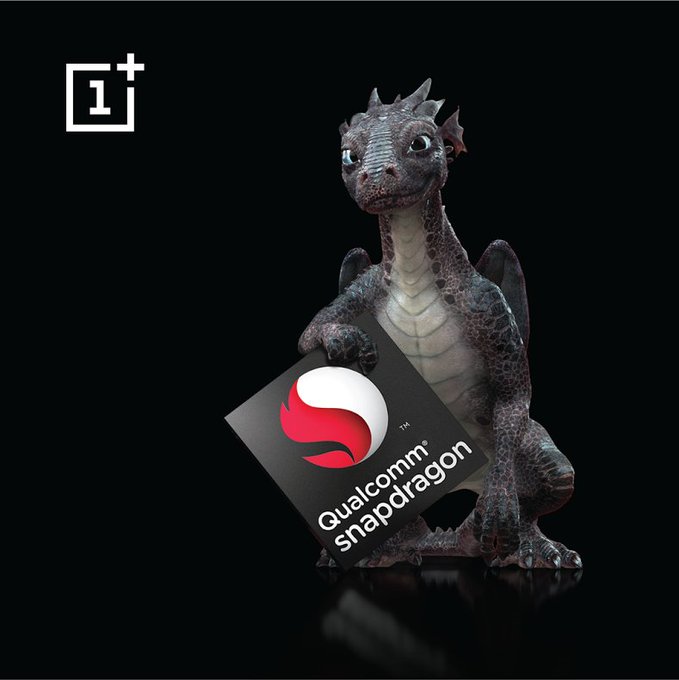After many weeks of rumors, OnePlus has finally (sort of) confirmed that it's working on a new smartphone, which will be an enhanced version of the already available OnePlus 3. The OnePlus 3T will be announced on November 15, which is exactly one week from now.
The Chinese company has also confirmed the use of the Snapdragon 821 chipset in the device, less than 24 hours after Qualcomm did the same. OnePlus hasn't openly said that it's going to launch the 3T on November 15.
The Chinese company has also confirmed the use of the Snapdragon 821 chipset in the device, less than 24 hours after Qualcomm did the same. OnePlus hasn't openly said that it's going to launch the 3T on November 15.
We Assume that can't be anything other than a not-so-subtle hint. The OnePlus 3T will be outed at 1 PM EST, according to the company. No other official details have been posted until now, but we expect the following week to be filled with teasers from OnePlus.
According to past rumors, the OnePlus 3T will start at $479, $80 more than its predecessor. Aside from the new SoC, it will also pack a bigger battery (3,300 mAh), a 128GB storage version, and it will run Android 7.0 Nougat from the get-go.
According to past rumors, the OnePlus 3T will start at $479, $80 more than its predecessor. Aside from the new SoC, it will also pack a bigger battery (3,300 mAh), a 128GB storage version, and it will run Android 7.0 Nougat from the get-go.











